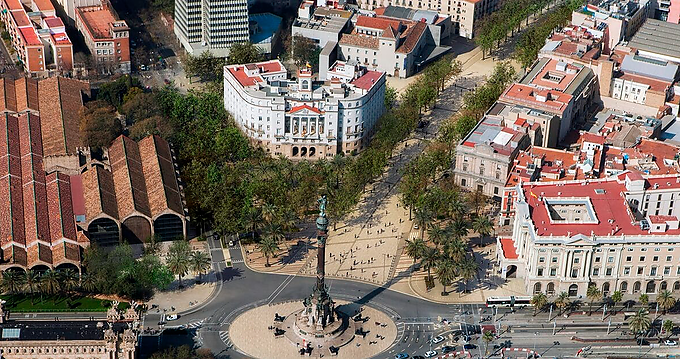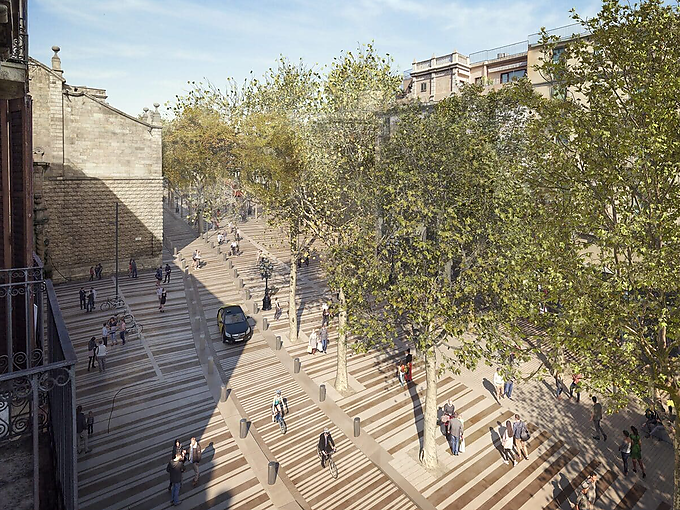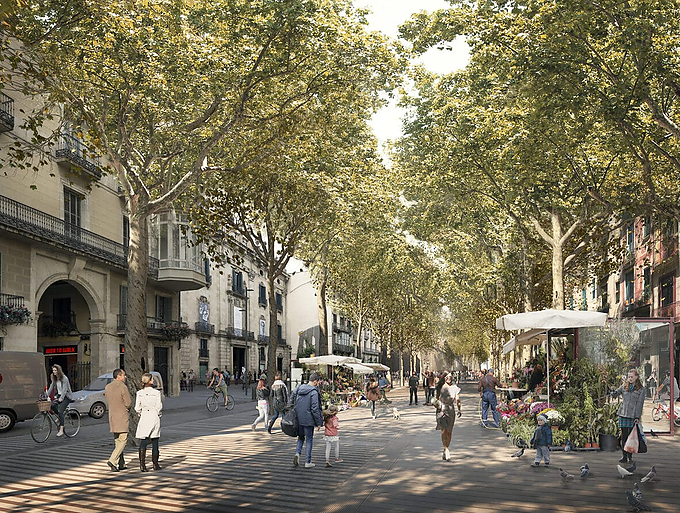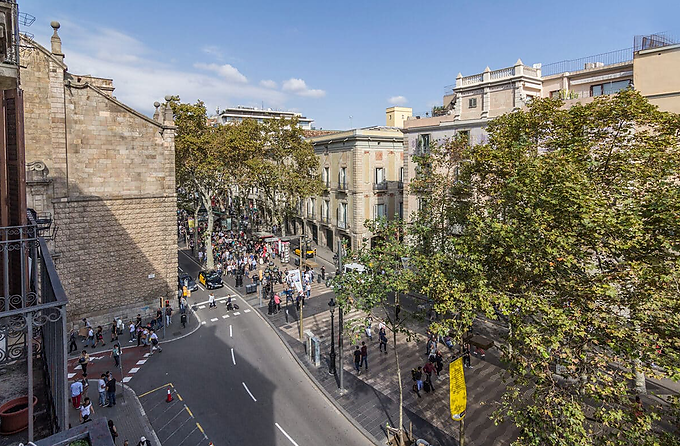A long-awaited change and very beneficial for residents and citizens!
The works to improve Barcelona's Las Ramblas are scheduled to be completed in 2027 and will last three years, according to the Mayor of Barcelona, Jaume Collboni, where the City Council has announced the specidic timetable for the works and their impact on traffic.
Work will begin in June on the entire street from Santa Madrona, currently under construction, will be be finished next summer.
This work will benefit the residents of the area, both in the Raval and in the Gothic Quater. Las Ramblas is the neutronic centre of Barcelona, and for decades it has been the favourite place for tourists and visitors to the city. The City Council wants to reconvert this 1.2- kilometre-long space for the enjoyement of the city. They have sought a renovation and to this end they will tackle a retorganistation of the elements, traffic, green areas and the reopening of the neighbourhood and the city to heritage and cultural facilities, such as the principal theatre.
These improvement works, apart from beautifying and continuing to care for the city, will boost local commerce and preserve the essence of the historic area. It's an area with many terraces, kiosks and stalls, where care will be taken to preserve it, along with the lighting, the paving of the promenade and care for the trees in the area.
The remodelling of the Ramblas has the singularity of having been the firts participatory project, with the opinion of the neighbours. This is oe of the challenges that the design had to meet. It had to respond to the complaints and provide large doses of creativity so that the most emblematic area could evole.
One of the innovations has been the design of a cordon of services, loading and unloading areas that can be reconverted into a walking space controlled by LED lights on the ground. In additions, the elevation of the paving that makes up the central promenade of Las Ramblas has been maintained, transforming the rest of the section to a single level.
The so-called Espacios Mayores: Plaza del Teatro, Miró and Portaferrissa, were conceived as a new concept, where pedestrians and vehicles coexist on the same level, controlled by LEDs embedded in the paving that delimit the road space, so that when a bus passes they turn red.
It also promotes energy savings in luminaires because it evolves towards LED lighting, while improving the current light distribution.




